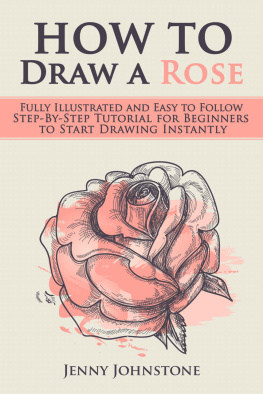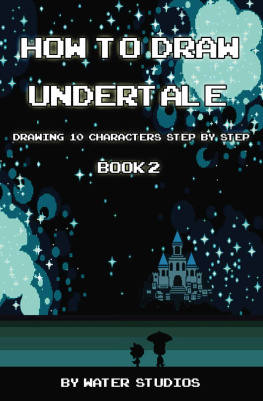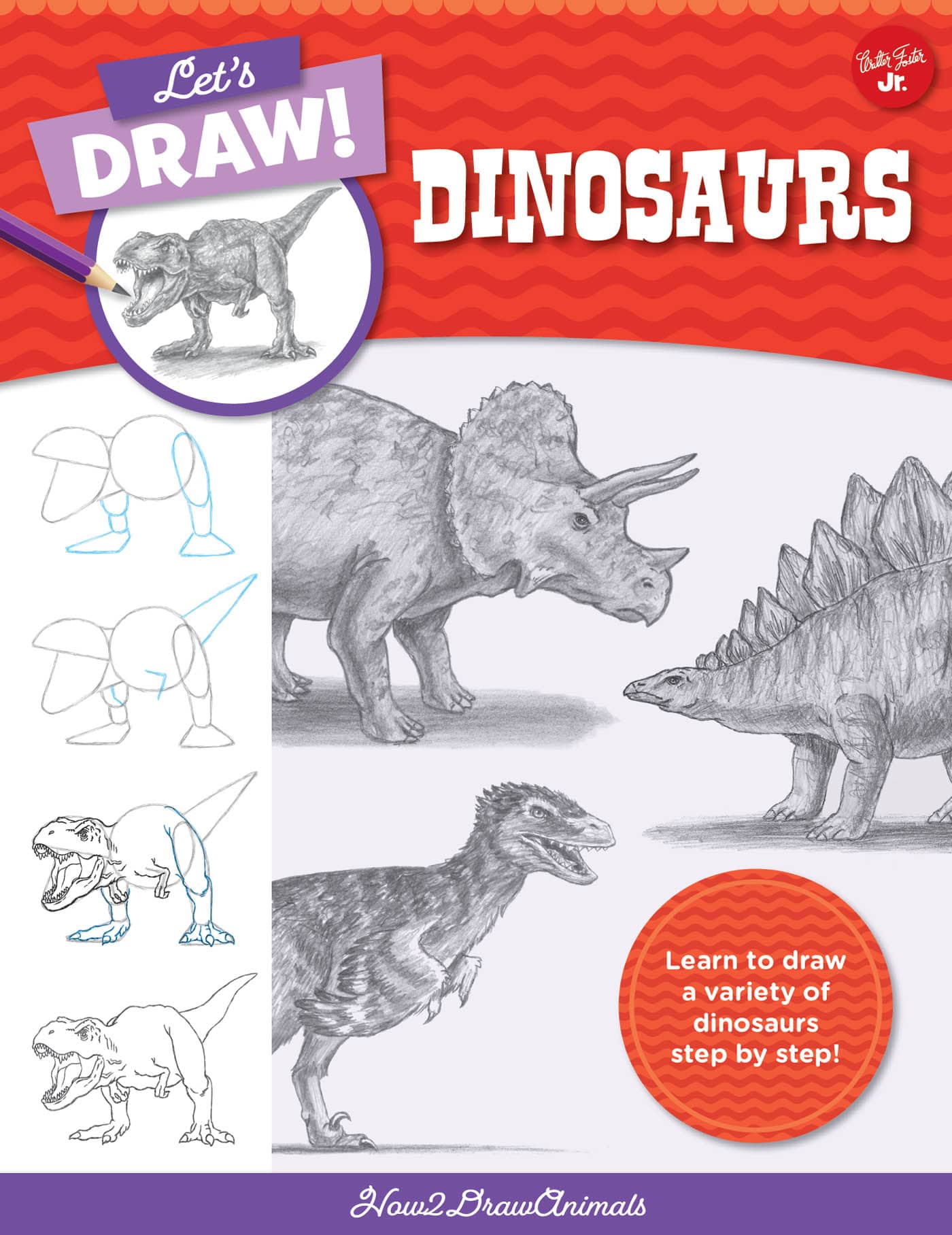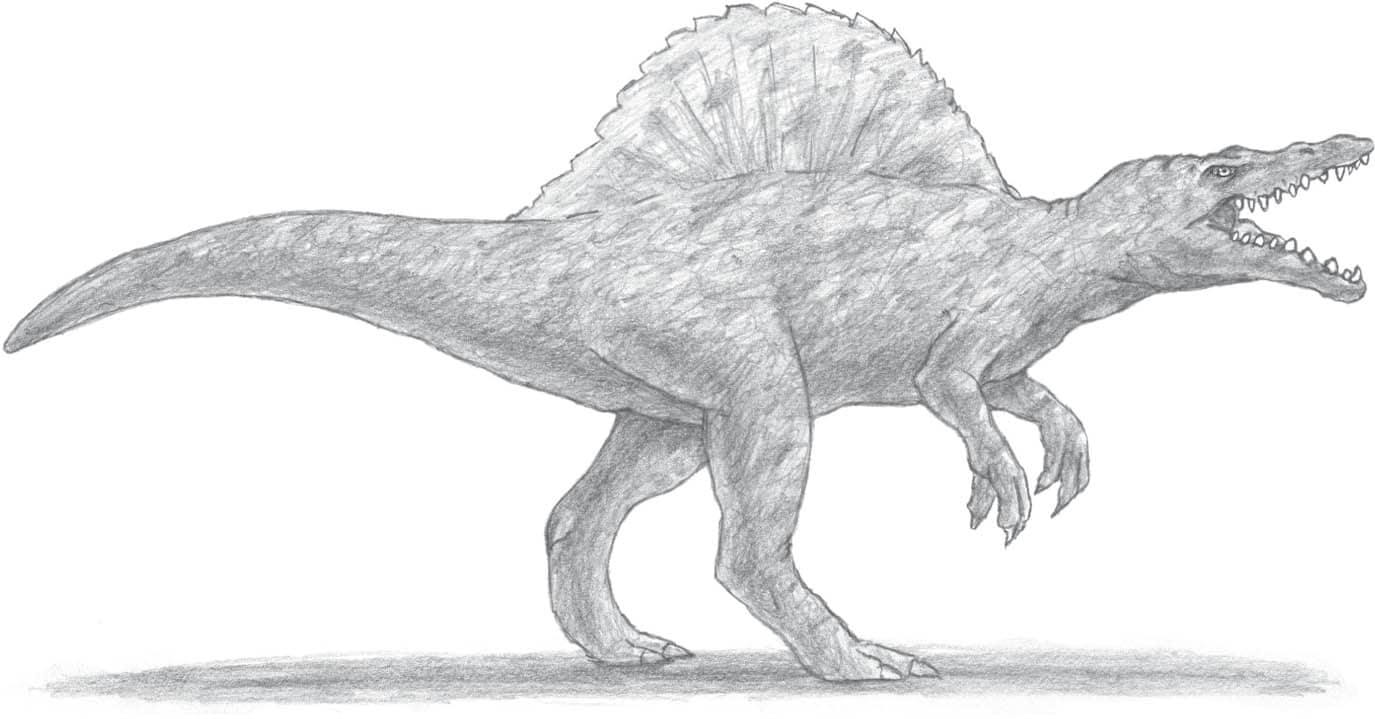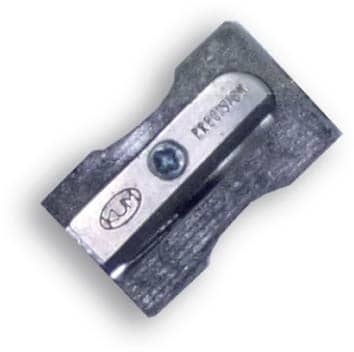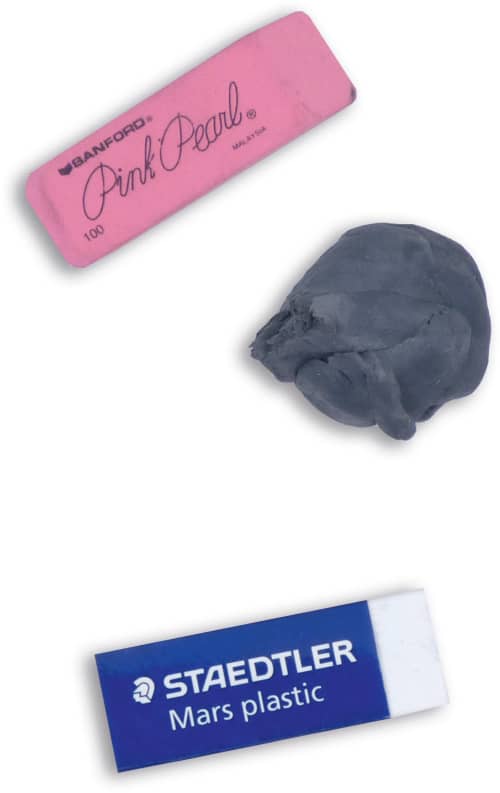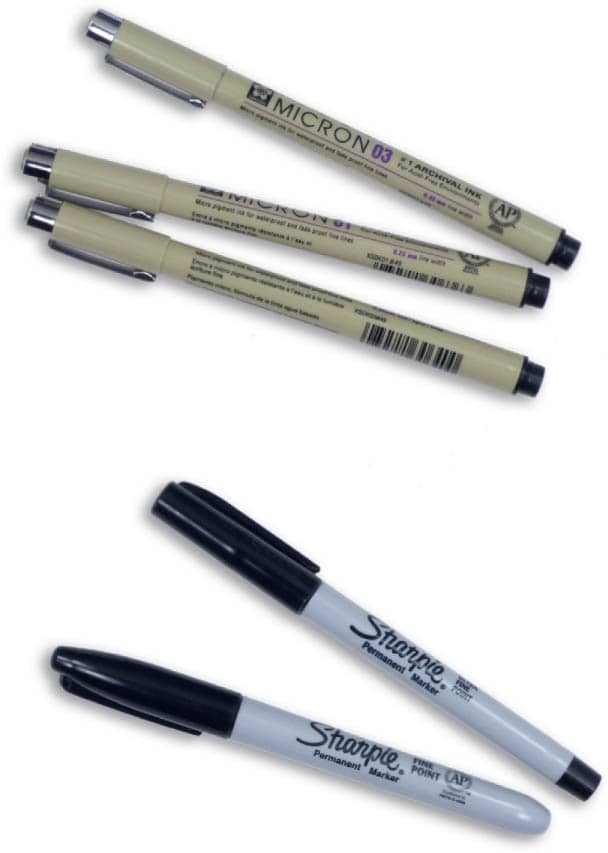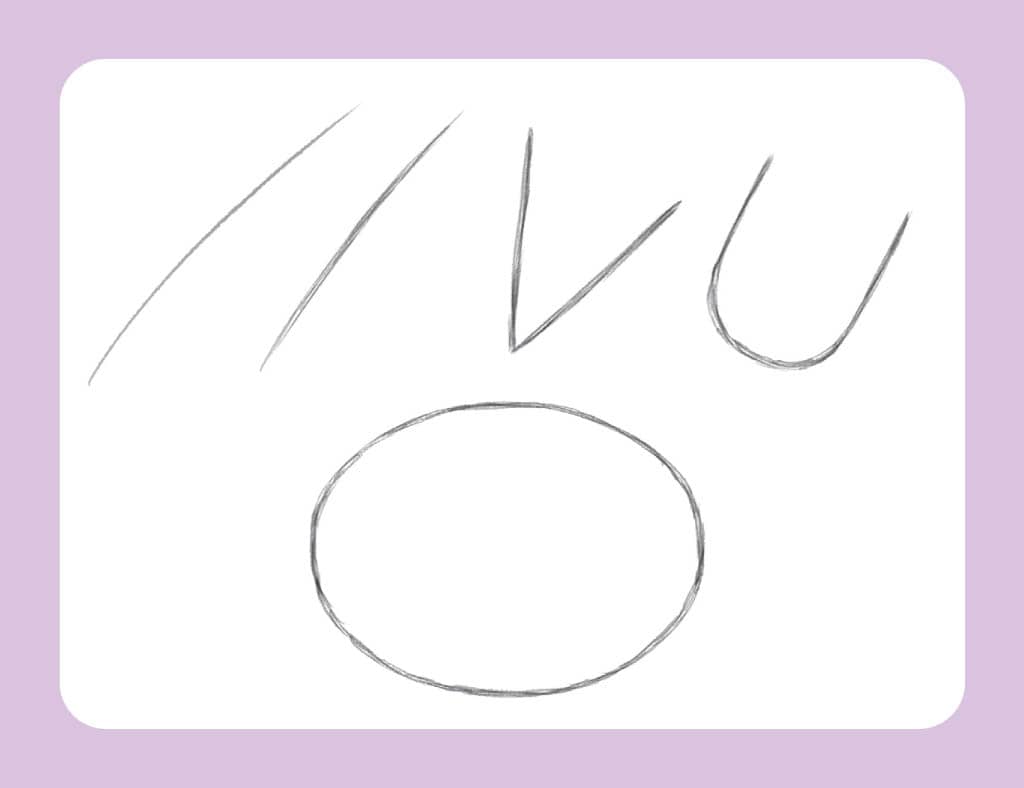How2DrawAnimals - Lets Draw Dinosaurs: Learn to draw a variety of dinosaurs step by step!
Here you can read online How2DrawAnimals - Lets Draw Dinosaurs: Learn to draw a variety of dinosaurs step by step! full text of the book (entire story) in english for free. Download pdf and epub, get meaning, cover and reviews about this ebook. year: 2022, publisher: Walter Foster Jr, genre: Art. Description of the work, (preface) as well as reviews are available. Best literature library LitArk.com created for fans of good reading and offers a wide selection of genres:
Romance novel
Science fiction
Adventure
Detective
Science
History
Home and family
Prose
Art
Politics
Computer
Non-fiction
Religion
Business
Children
Humor
Choose a favorite category and find really read worthwhile books. Enjoy immersion in the world of imagination, feel the emotions of the characters or learn something new for yourself, make an fascinating discovery.

- Book:Lets Draw Dinosaurs: Learn to draw a variety of dinosaurs step by step!
- Author:
- Publisher:Walter Foster Jr
- Genre:
- Year:2022
- Rating:3 / 5
- Favourites:Add to favourites
- Your mark:
Lets Draw Dinosaurs: Learn to draw a variety of dinosaurs step by step!: summary, description and annotation
We offer to read an annotation, description, summary or preface (depends on what the author of the book "Lets Draw Dinosaurs: Learn to draw a variety of dinosaurs step by step!" wrote himself). If you haven't found the necessary information about the book — write in the comments, we will try to find it.
With Lets Draw Dinosaurs, you can learn to bring your prehistoric drawings to life, guided by realistic illustrations and step-by-step instructions for a variety of dinos.
The easy-to-follow visual and written instructions in this book make it achievable and fun to draw lifelike dinosaurs. Each drawing lesson begins with basic shapes and progresses, step by step, to a finished piece of artwork, making it easy to follow along. You just need to grab a pencil, a piece of paper, and your copy of Lets Draw Dinosaurs, and then flip to the prehistoric animals you want to draw. The drawing projects include:
- Gallimimus
- Brachiosaurus
- Mosasaurus
- Iguanodon
- Pteranodon
- Stegosaurus
- Triceratops
- Spinosaurus
- Velociraptor
- Tyrannosaurus rex
The detailed written instructions in this 48-page book also provide tips for placement of details, how to create realistic skin texture, how to shade, and much more. If youve never drawn before, dont be intimidated. Just start with a few basic shapes and follow the illustrated stepsyoull be creating your own amazing animal masterpieces in no time at all! And each time you draw, you should see an improvement in your artistic skills.
Also available from the Lets Draw series:Lets Draw Cats, Lets Draw Dogs, Lets Draw Favorite Animals, Lets Draw Wild Animals, Lets Draw Birds & Butterflies, Lets Draw Sea Creatures, and Lets Draw Dragons.
How2DrawAnimals: author's other books
Who wrote Lets Draw Dinosaurs: Learn to draw a variety of dinosaurs step by step!? Find out the surname, the name of the author of the book and a list of all author's works by series.

